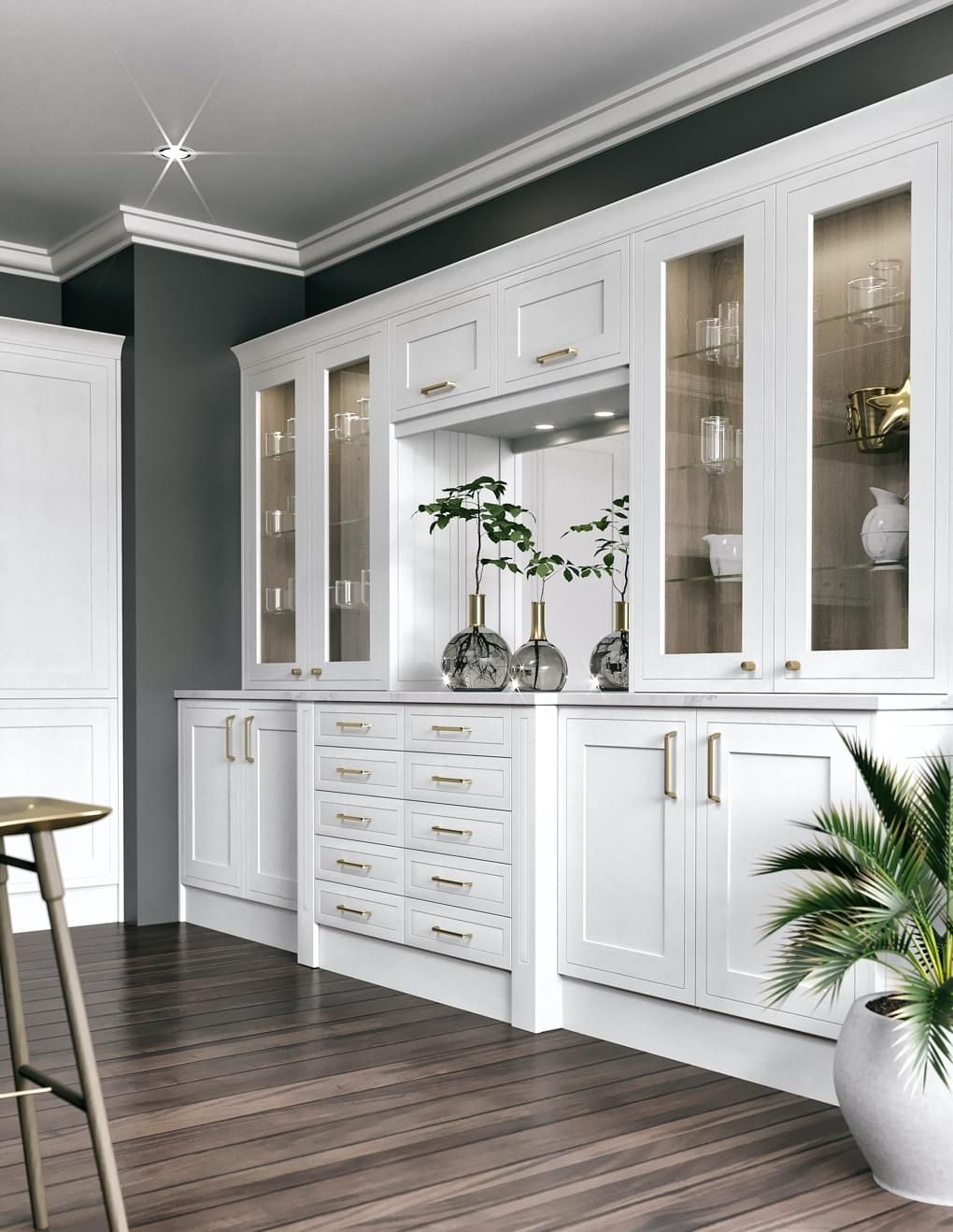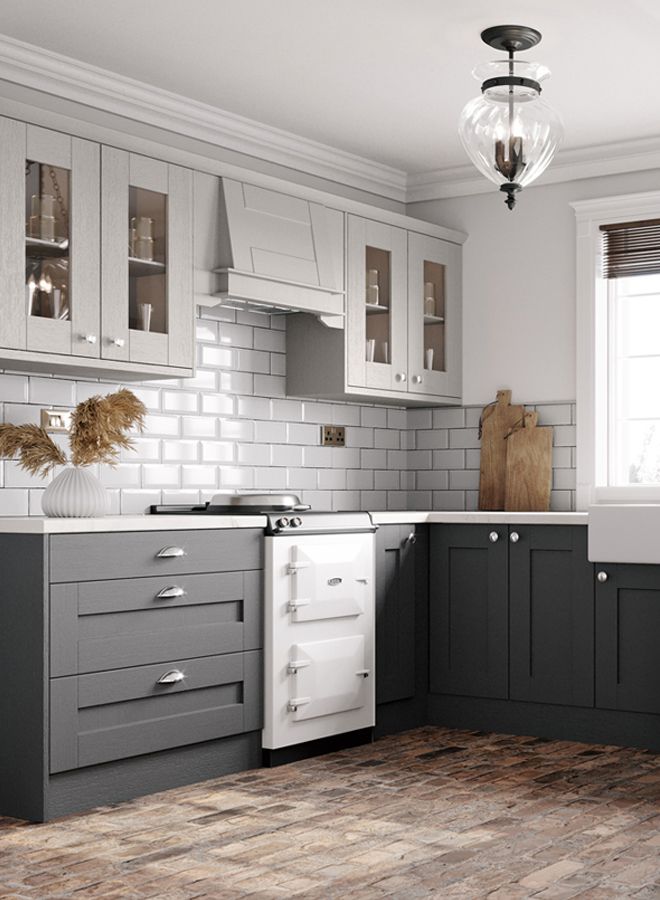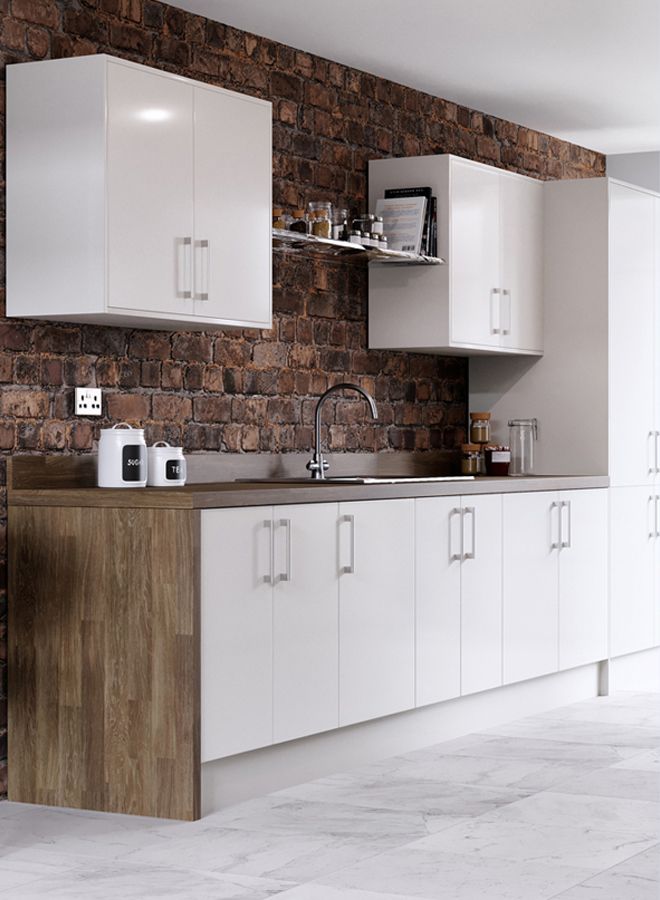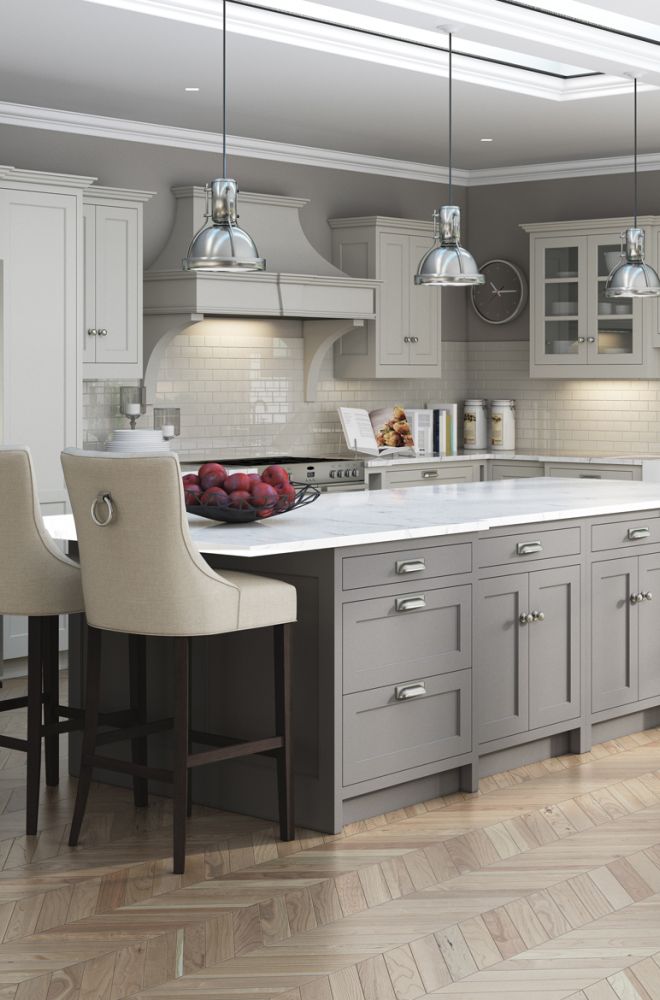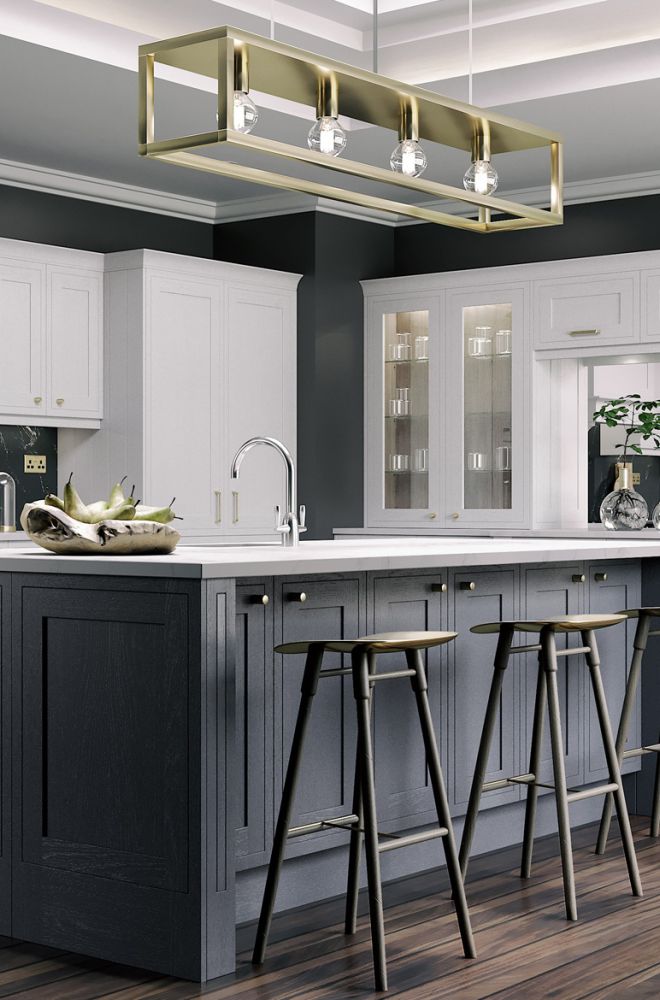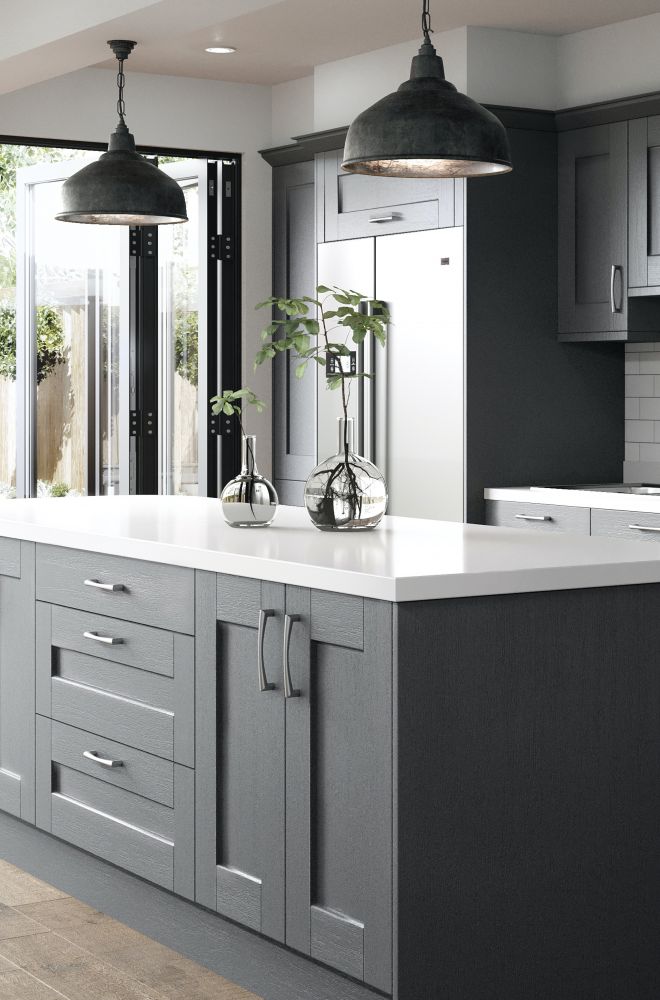Planning A Kitchen: Your Complete Guide On How to Do It
Buying your first home is something you’ll never forget. It’s a time of life when big decisions come in quick succession – and one of the biggest, for many first-time buyers, is “where do I start when planning a kitchen?”

Whether you’re renovating or starting from scratch in a self-build, planning your new kitchen is an exciting part of the home-buying process. It’s an opportunity to design a space that really fits your needs and your personality.
But it’s also an investment, so it’s important to get it right.
So, as a first-time homeowner, how can you make sure you get a kitchen that’s future-proof? And how do you do it without breaking the bank?
Our Cash & Carry Kitchens designers have gathered their top tips for buyers who want to turn their dream kitchen into a reality.
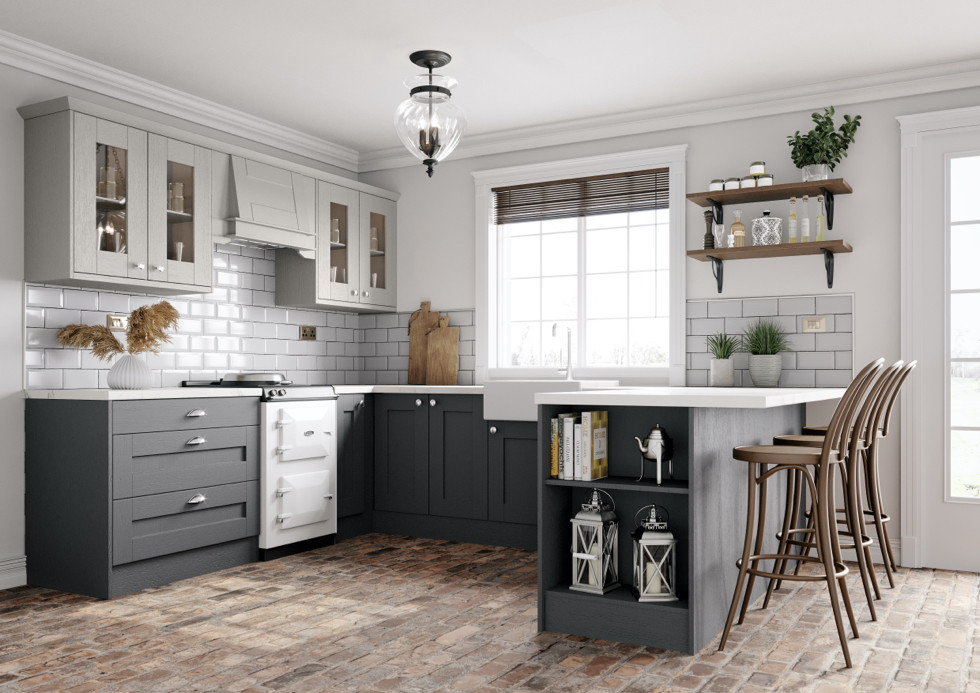
Augusta light Grey & Dust Grey
Where to Start When Planning a Kitchen?
Often, when it comes to how to design a kitchen, people feel as though they don’t know where to start. It seems like such a large task, and they end up with analysis paralysis.
Do you pick out appliances or colour schemes first? What about kitchen layouts?
We understand that it feels overwhelming to plan a new kitchen. So here are our top tips on what order to take when designing a kitchen:
1. Calculate Your Kitchen Budget
The first step is to decide how much you have to spend on the kitchen. That comes before you even set foot in a showroom, says Hugh. “I would always suggest that people go and talk to family or friends, see what they’ve done, and see what it would cost,” he says. “Be realistic.”
If you start designing without a budget, your hopes are likely to be way out of line with what you can afford – and that means wasting precious time (and headspace) while you reassess.
When you’ve set a budget, be clear about it, and the designer will be able to help. “Don’t be afraid to tell the designer what your budget is,” says Hugh. It’s their job to work around it, and they’ll be able to look for economical solutions where necessary. “If it’s money you need to save, they’ll help you save money by designing a kitchen that does that.”
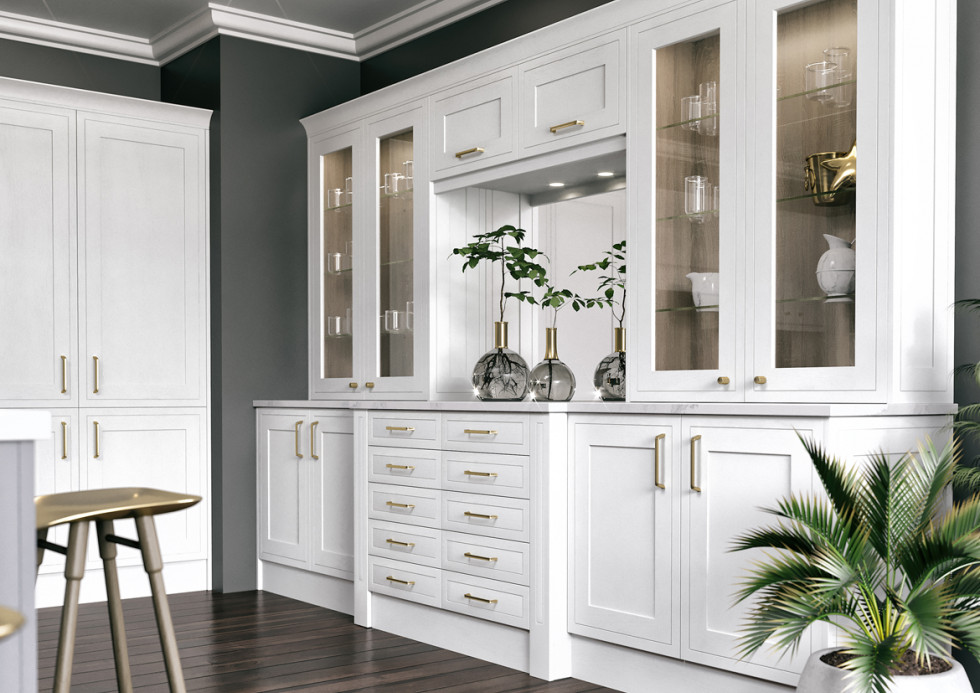
Hampton Cotton White
2. Determine Your Biggest Priorities for Your Dream Kitchen Space
When you’ve thought about what life might look like five or ten years from now, you can start planning a kitchen based on your priorities and your budget.
If you’re planning to have family gatherings, friends over often, or other company in the kitchen, maybe you want to take that into consideration. Designing a kitchen with a peninsula or an island to give you more space.
Determining your biggest kitchen design priorities will help you stay within your budget. You can figure out what your biggest needs are and allocate for those. And anything else you can fit into your kitchen planning budget is the cherry on top!
3. Choose the Best Kitchen Layout That Matches Your Priorities and Your Space
When it comes to planning a new kitchen, or even revamping an older one, you’ll want to choose the best possible kitchen layout.
This depends heavily on your budget, your priorities, and the available space you have (we’ll get to that in a moment).
The right kitchen layout will maximise your space with an efficient workflow. You won’t feel cramped, whether you’re opening drawers or appliances, putting away groceries, or preparing a meal on the worktops.
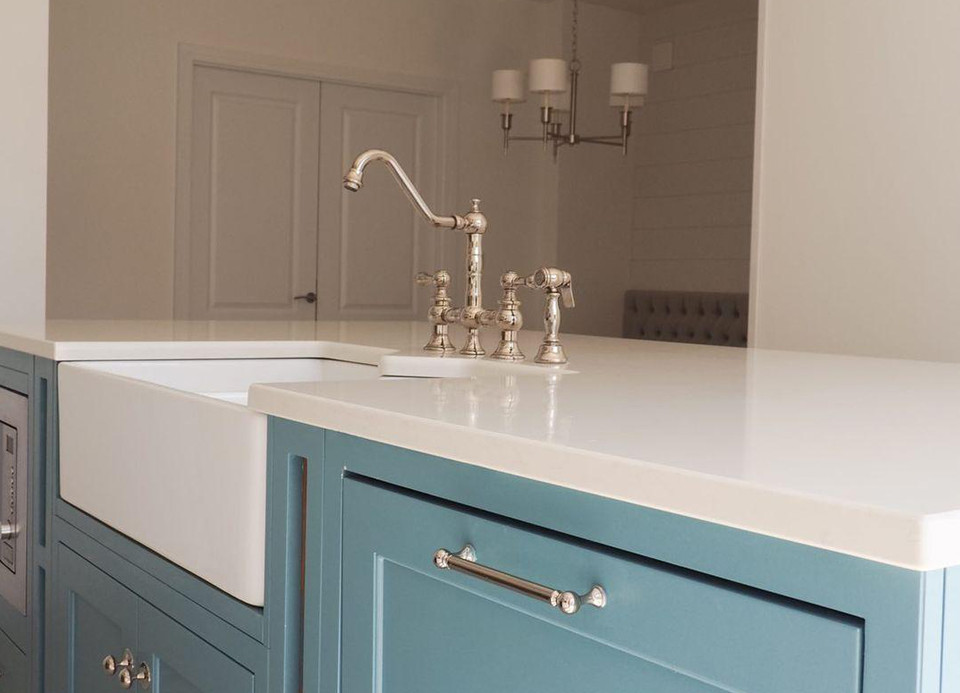
Lyndale
4. Get Inspired with Kitchen Design and Style Ideas
When it comes to how to design your kitchen, style plays a large part. After all, your kitchen is a part of the rest of your home. So you need to think about how it will fit in.
Do you want it to stand out by adding contrasting colours to adjoining rooms? Would you prefer it to match cohesively with a similar design and style as the rest of your house?
Once you have the above steps figured out, you can start thinking about kitchen style ideas. Figuring out what aesthetic you love will help you choose the right investment pieces. Whether it’s traditional (such as a Shaker style), contemporary, or somewhere in between, deciding on kitchen style ideas will help you get inspired with your new space!
5. Go with Quality for an Investment That Lasts
Buying your first home is an exciting moment, but money can be tight. So how can you avoid overspending on a kitchen – or worse, cutting corners with a substantial model that needs upgrading before long?
The key, says Hugh, is to keep it simple. “The best way to do it is to use big units – the bigger they are, the more accessible they are.” Don’t spend a lot on accessories and gadgets now, because you can always add them down the line – if you’ve got your fundamentals right.
So how do you get those fundamentals in place? A good designer will be able to tell you how to plan for future upgrades. That could mean allowing space to add an island in the future. Or it could mean investing a little in high-quality units that will last years, so you can upgrade fixtures and fittings when money allows. “Well-built cabinets will last a long time,” says Hugh.
6. Select Your Kitchen Planner and Designer to Help You Install
A kitchen planner and designer can help you do all of the above steps in planning a kitchen!
And they can also help you install everything that you select. Going with a kitchen planner is a great idea, as they can make sure that your entire kitchen design experience goes smoothly.
A kitchen planner and designer is an expert in the process, including installation. So by choosing one, the end result of your hard work on designing a kitchen will be a complete success!
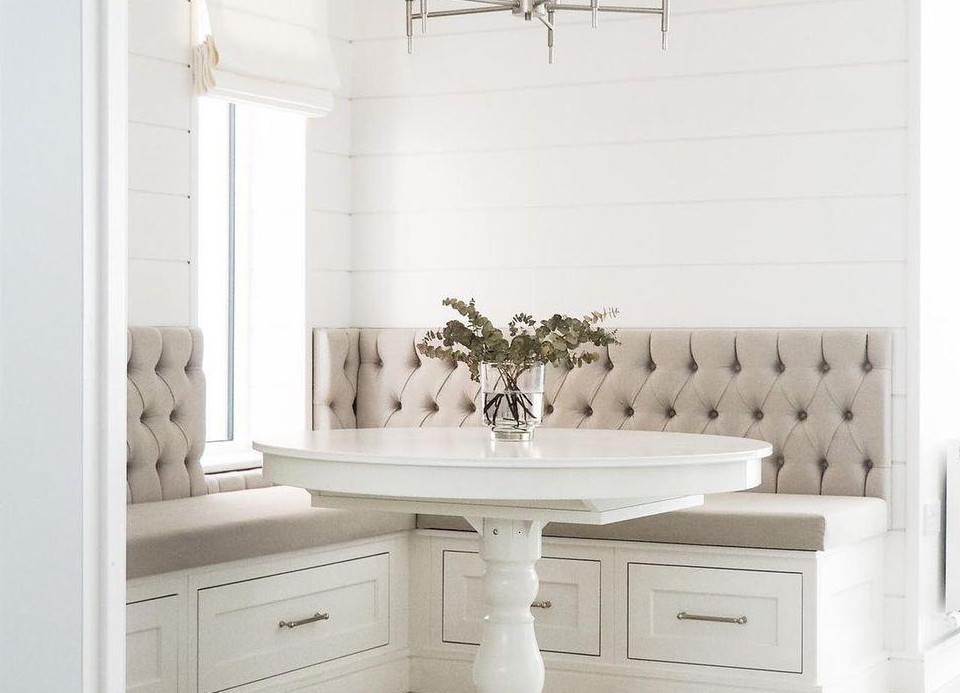
Lyndale
3 Major Factors to Consider When Planning a Kitchen
As you begin designing a kitchen, there are a few parameters you’ll want to keep in mind. Here are our top 3 factors to consider when planning a kitchen:
1. Your Available Space
If you’ve already secured the house, whether it’s a new build or a renovation, then you’re working with finite space. Even if you have the largest kitchen you’ve ever seen, there’s still only so much space to work with.
So when you’re designing a kitchen, always keep the space you have to work with in mind. Don’t try to fit it because it is what it is.
That means, even if you love the look of an island, if you have a galley kitchen design, an island won’t be the best use of your space.
By working with the space you have, you’re ensuring that you still love the feel and flow of your kitchen. And when you feel that way, you’ll want to spend more time there. That’s how you end up with the best return on investment!
2. Think Ahead…Like, Years Ahead
Once you’ve set your budget, the next step is to start thinking about what your kitchen needs to do. But here’s the trick: don’t think now, think five or even ten years from now.
“How long are you going to stay in the house for?” asks Hugh. If it’s a starter home and you’re planning to trade up, you’ll want a kitchen that helps you sell the house.
Are you going to be a family in a couple of years? The needs of a single person or a couple could look very different from those of a family with kids. “A lot of couples tend to eat out a lot, or eat quickly at the island,” says Hugh. “They’re on the fly a bit, they’re having breakfast standing up while they’re heading out to work in a hurry. A single oven under the counter and a microwave on the worktop are fine, you’re only looking after each other.”
Planning a Family? Make Your Kitchen Work for You
If starting a family is a part of your five or ten-year plan, why not make sure your kitchen is built for it? Planning a kitchen around kids can affect the design in all sorts of ways.
“You’re thinking about eye-level ovens, to keep them out of the way of kids crawling around,” says Hugh. “Ovens with quadruple glazed doors so kids aren’t burning their hands. Integrated kitchen appliances with hidden buttons, so they don’t get messed with.” And that designer island with the project worktops? “You’ll want to round off the corners.”
A family kitchen could also mean more food storage or a bigger fridge. “These things might be costly now,” says Hugh. “But it could be cheaper in the long run.”
Thinking of Selling in a Few Years? Stay Neutral
Is your first house going to be your forever home? If not – or if you’re not sure – it’s worth remembering that a good-looking kitchen will help when it comes to selling on.
Hugh suggests sticking to neutral colours, such as ivory, for the main kitchen, and accessorising around them to add character and life.
“It doesn’t mean you have to spend a fortune,” says Hugh. “You can get a kitchen to look really good without breaking the bank. But any money that you spend on your kitchen, you’ll get it back.” On the flip side, a kitchen that looks ragged in just a couple of years could reduce the value of your home to potential buyers.
3. Having Building Work Done? Get Your Kitchen Designed First
If you’re renovating a doer-upper, or even building your own home, then you’ll be getting a lot of other work done, too. In these cases, says Hugh, you need to integrate the kitchen into your plans – not think of it as something that can be “plugged in” later.
“If you’re renovating, you should design your kitchen before you even start,” he says. “That way you can show your builder where your electrical and plumbing points need to go, and the designer can advise about work that needs to be done.”
For a self-build, “you need to start thinking about your kitchen as the foundations are being dug,” he says. This way you’ll avoid clashes down the line. “If you’re designing the kitchen that suits you best, maybe the window the architect put in doesn’t fit it. Maybe the doors don’t open the right way.” If you’ve done your homework, you can change these things before they go in.
Start Planning Your Dream Kitchen Today
Planning and designing a kitchen can be an overwhelming, albeit exciting, task. From managing a budget to planning the layout of a kitchen to investing in the best possible pieces, there’s much to be done.
Our team of Cash & Carry Kitchens’ experts is here to help you through every step of the process! Book a free consultation, and we’ll talk more about the kitchen you’re dreaming of!



